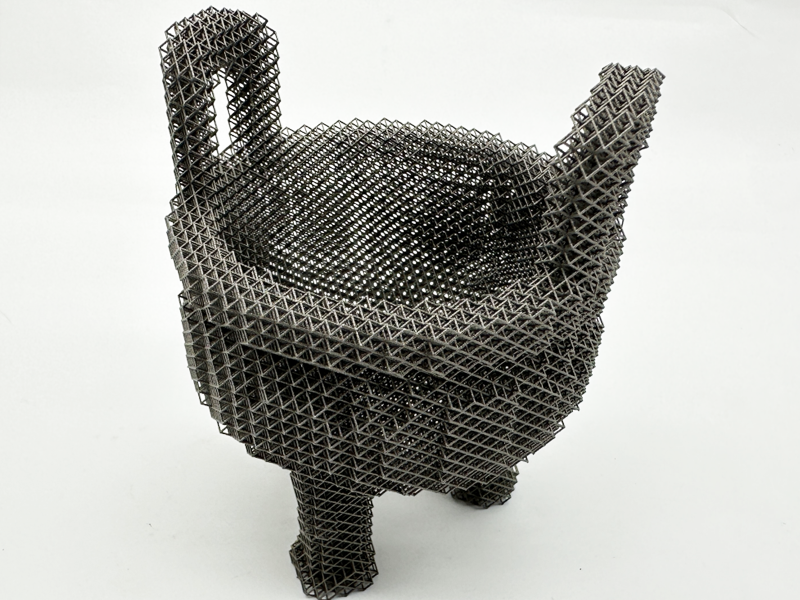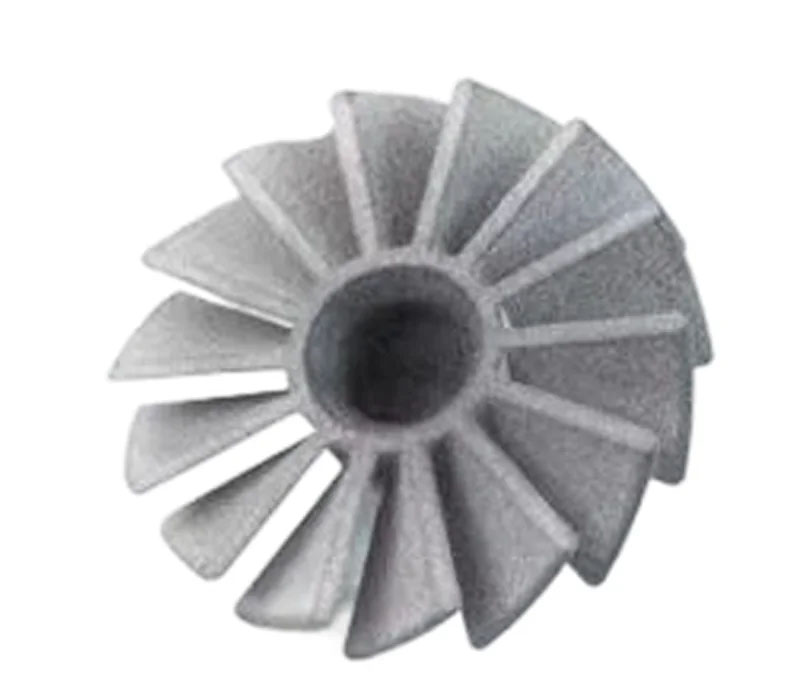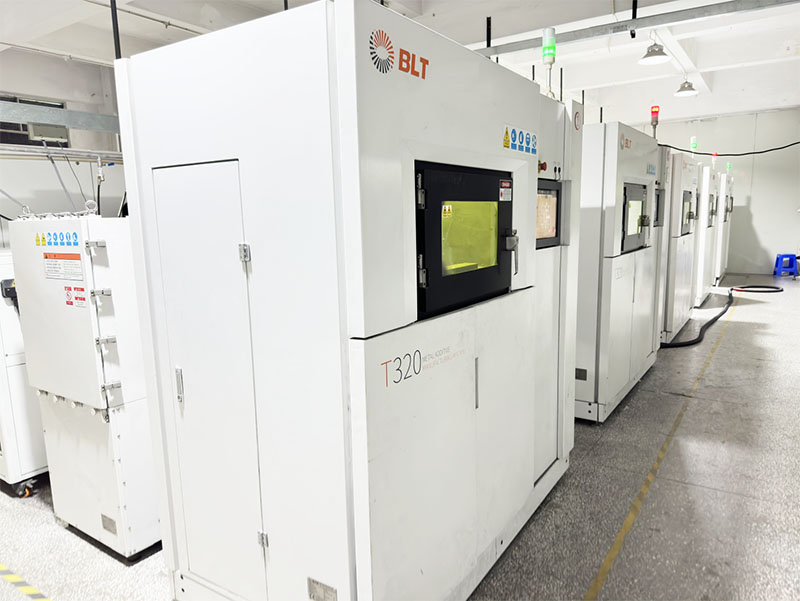ARapidPrototype
SLM 3D Printing Services
- Rapid Response Service: 7-day, 24-hour availability ensures quick project initiation, with urgent jobs starting immediately.
- Fast Turnaround: Parts completed in as little as 3 day, ideal for urgent needs.
- Cost Efficiency:Costs 10%-30% lower than competitors’, especially advantageous for complex projects.
- Comprehensive Surface Treatments: Offerings include a variety of treatments, supported by 30+ skilled workers.










